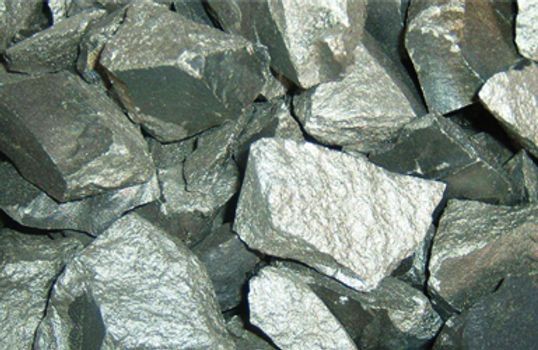
Ferro alloy series steel manufacturing applications have several different types. These steels vary in their smelting properties, metal content, and losses during handling. These factors constrain the choice of raw material. In addition, product quality has major constraints on the choice of raw materials. Coke and coal are well-suited reductants for the SAF process. However, their energy consumption varies widely.

Fe-Si ferro alloys are highly corrosion-resistant, which makes them perfect for many steel manufacturing applications. The process of manufacturing ferroalloys can be improved through systematic research, more sophisticated electric furnace equipment, and process management. However, the production of these alloys can be costly.
Fe-Mo series steels can be used for manufacturing applications. This steel contains low levels of carbon, but AM has the potential to enhance their mechanical properties. In a study, Jiang et al. found an increase in YS of 1053 MPa and elongation of 17%, and attributed these improvements to fine-equiaxed grains and fine martensite laths. The authors also noted that AM increases the energy density, which facilitates the formation of fine-equiaxed grains.
In the Fe-W series, grain morphology can change, resulting in low tensile strength and a relatively low stacking fault energy value. These two properties are not mutually exclusive, as the high concentration of dislocations results in a hardening effect. In addition, the presence of nano-oxide inclusions and chromium nitride precipitates can inhibit free dislocation slip and glide.
Compared to Fe-Al-Ta alloys, Fe-Al-Nb series steels exhibit better mechanical properties and microstructures. They are also lighter and more cost-efficient.
FeSi alloys have excellent formability and mechanical properties. The key to their formability lies in their ability to control twinning, a process characteristic that is critical to their properties. Further, their formability is affected by the speed of the plastic deformation process.
Fe-Si-Mn-V is a ferro alloy steel that consists of a mixture of iron and silicon. It is classified as a ferro-alloy when it contains at least four percent silicon and at least eight percent iron. This alloy also contains small amounts of phosphorus, manganese, and magnesium.

Write a Message